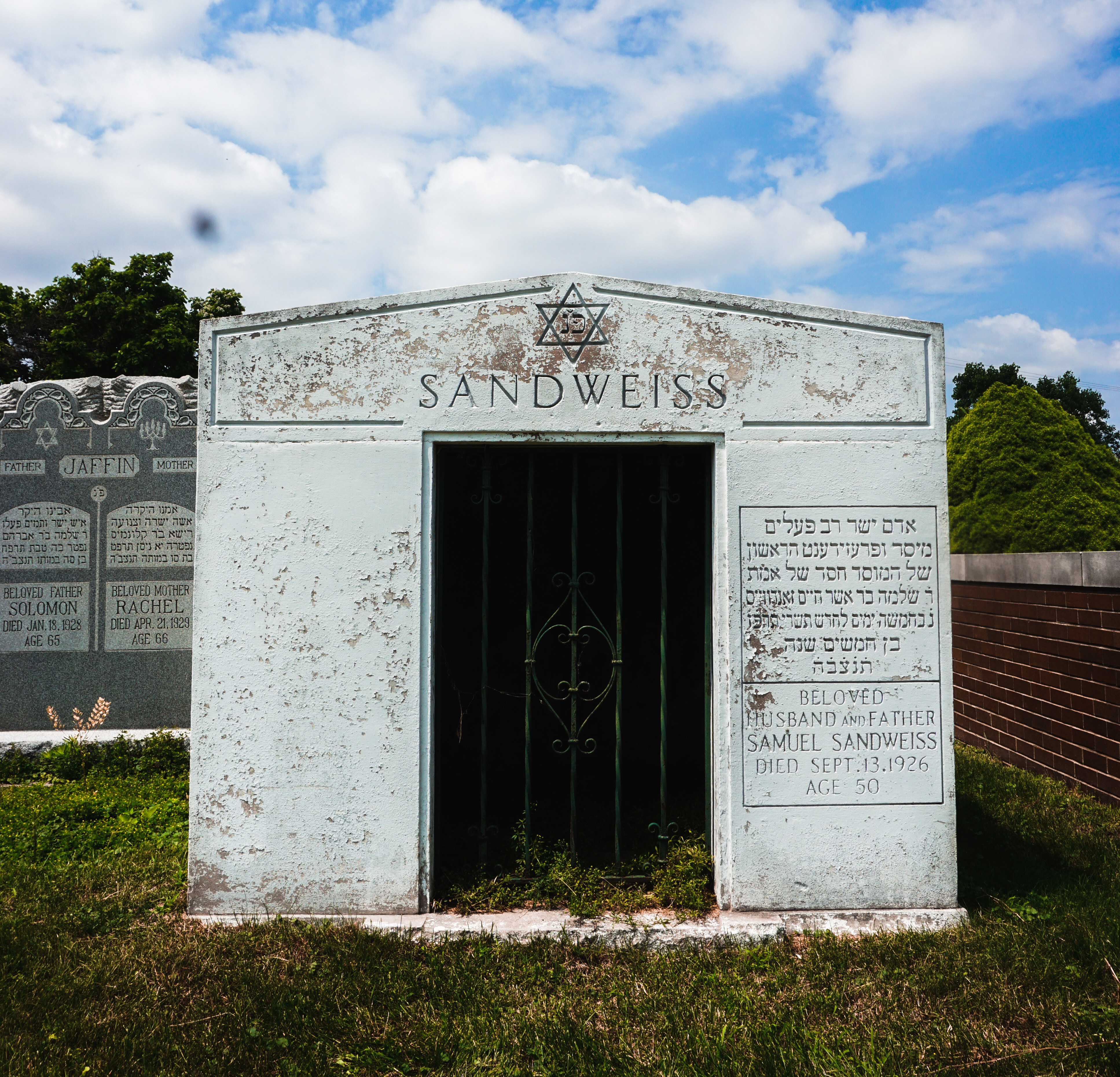CuriosiD: Holocaust Bones Find Resting Place in Massive Michigan Cemetery
A cemetery and final resting place for some of the most significant remains in Jewish history is the subject of the latest episode of WDET’s series CuriosiD.
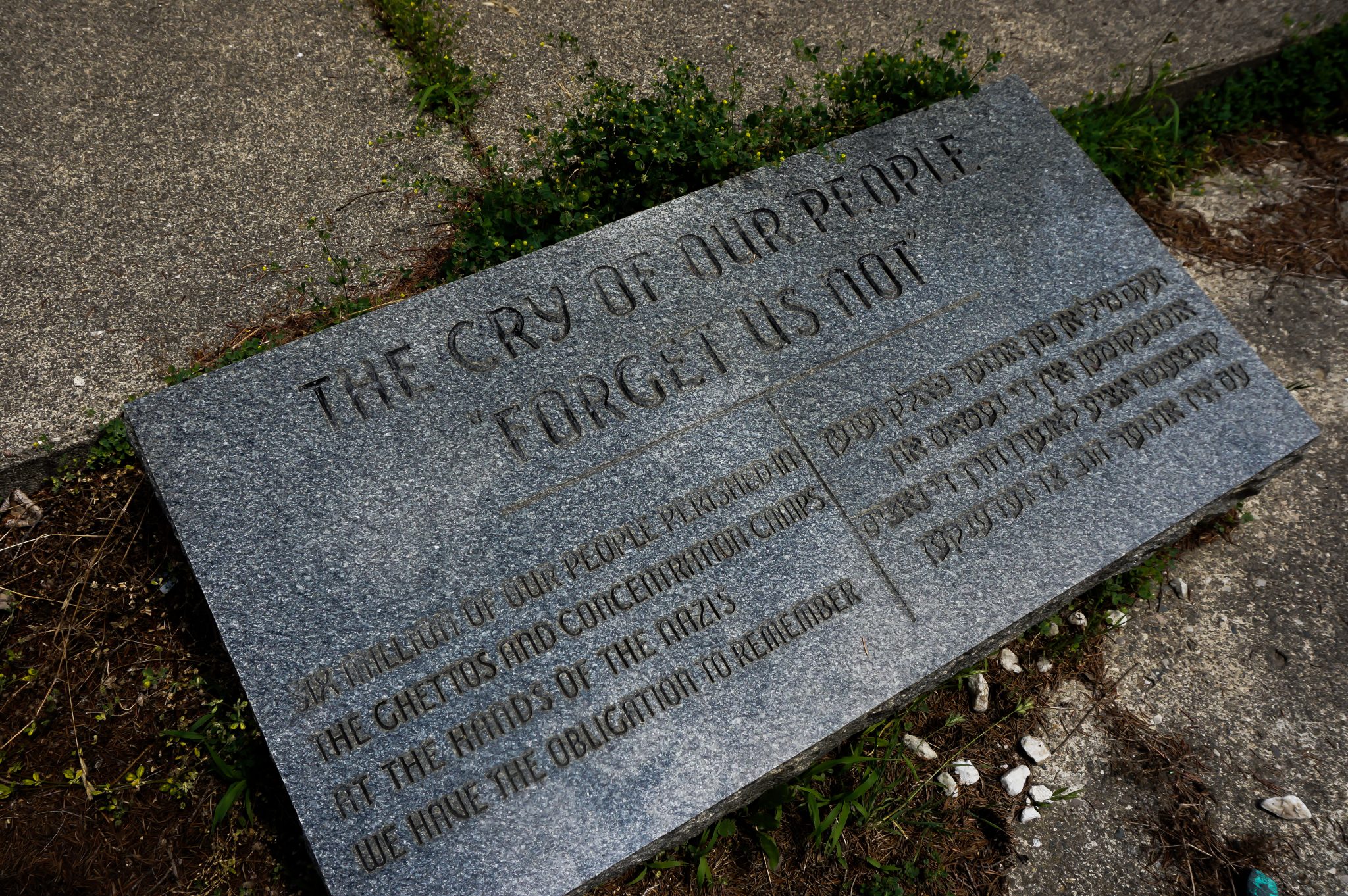
CuriosiD is a regular series where listeners pose questions to the WDET staff, who then investigate the answers. See past posts here.
Grosse Pointe Park’s Michele Hodges asks:
Being a lifelong Detroiter I feel so knowledgeable about my community, except when I traverse a portion of Macomb County that has Jewish cemeteries located there. Wanting to be a better, more knowledgeable Detroiter and sensitive to the cultural and religious aspects of my community, I need to know more about that.

Short Answer
Mineral baths in Mount Clemens turned the area into kind of a resort region that attracted, among others, a fairly large Jewish community. Jewish clubs and congregations created their own small graveyards. But eventually the cost of maintaining them, and the ever-escalating price tag for funerals, led those communities to turn the cemeteries over to the Jewish Benevolent Society, which absorbed the plots into what is now Hebrew Memorial Park. The cemetery not only houses tens of thousands of gravesites, it also includes some of the most historic relics from the time when Jews faced genocide at the hands of Nazi Germany.
Click on the player above to hear WDET’s Quinn Klinefelter visit the Hebrew Memorial Park.
The decency of burial
It’s a recent, sunny day near Clinton Township in Macomb County, and the man knows the most about Jewish cemeteries there sits in a car alongside a block-long stretch of roadway by Gratiot Avenue and 14 Mile Road.
Rabbi Boruch Levin is the executive director of the Hebrew Benevolent Society.
In a way, death is Levin’s life.
“We bury people, we take care of families that sometimes cannot afford their funerals. [The Society is] a non-profit, one of the only non-profit [funeral providers] in the country.”
Levin turns his car into the vast, rolling driveway that crosses Hebrew Memorial Park.
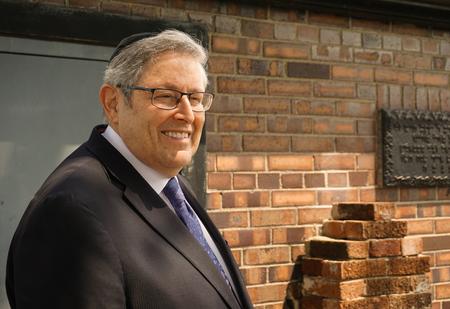
He drives past thousands of upright grave stones set tightly together, some bearing famous names, others noting those a bit more infamous.
“You ever hear of the Purple Gang? They say [a member is] buried here too,” Levin says. “Purple Gang all the way over to esteemed rabbis. Got some politicians in here, some senators. That’s what happens when you have a long-time old cemetery.”
There’s 35 acres of property here with 27,000 graves. By many accounts it’s the largest Jewish cemetery in the Midwest.
It’s more than a century old, created when Jews drawn to Mount Clemens for its renowned mineral baths found a parcel of land large enough to bury Jews from Macomb County and Detroit.
But even then, in 1916, funerals and burials were costly.
Levin says one man in particular vowed that money should not determine the decency of a resting place.
“Samuel Sandweiss. He couldn’t handle the fact that [some deceased Jews] were just thrown into a potter’s field. So he got together with ten other people and he decided, ‘We’re going to take care of these burials.’ So he organized this organization, which was called Hebrew Benevolent Society, from people’s donations to take care of families that could not afford any of the expenses involved with funerals,” Levin says.
‘I’ll show you their grave’
Levin stops his car near a weathered, white building surrounded by pristine grounds
It’s the monument to Sandweiss, in a section of special significance in the memorial park.
“This is a monument for bones and bone fragments from the Holocaust. We put ‘em into a casket… Some of that was scooped up from the [Nazi] crematoriums. It was a major find. It’s like the Unknown Soldier.” – Hebrew Memorial Park’s Rabbi Boruch Levin
A few feet away a flat slab of stone shaped like a scroll hugs the bent grass, marking one of several places in the massive cemetery where books and papers considered holy in the Jewish faith are buried.
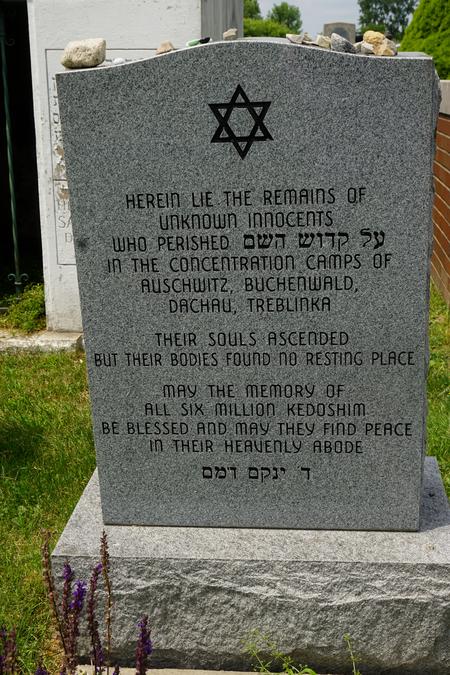
Then Levin moves towards another marker, this one honoring those who faced the most unholy of situations.
“This is a monument for bones and bone fragments from the Holocaust. I don’t think anyone has that. They’re little fragments of bones. We put ‘em into a casket…Some of that was scooped up from the (Nazi) crematoriums. It was a major find. It’s like the Unknown Soldier, we don’t know who’s there, right? Some of them we knew which city they came from, so we put [that] in the casket.”
Levin brushes his fingertips along the polished monument, reciting the inscription engraved on the stone surface.
“Herein lies the remains of unknown innocents who perished al kiddush Hashem, which means the fact that they were Jewish and they died only because they were Jewish, in the concentration camps of Auschwitz, Buchenwald, Dachau and Treblinka. Their souls ascended but their bodies found no resting place. May the memory of all six million kiddoshim – kiddoshim means holy people — be blessed and may they find peace in their Heavenly abode. In the bottom in Hebrew it says ‘God should take revenge.’”
The price of eternal peace
The cemetery acres hold memories for many others as well.
Metro Detroiter Amy Elliott Bragg says she tracked down her great-grandfather’s grave to a resting place in the cemetery.
“Making that personal connection to somebody who I never met, who would not have known who I was had he met me in real life,” Bragg says. “Family who we are still connected to and who we still owe something to. So that was really powerful to me to visit him there.”
Bragg says the grave was located in Workman’s Circle, one of dozens of sections that are actually small cemeteries located inside the memorial park.
“There were all of these sort of sub-plots within the larger cemetery for different congregations, for different fraternal organizations,” she says. “And all of the plots have their own ornate gateworks and fences and their own little communities at home within the larger cemetery plot. It’s really visually striking.”
Rabbi Levin says the smaller graveyards had little choice but to seek assistance.
“These families died out. These clubs, they became diluted and they didn’t last. So they came to us and they said ‘Can you take care of our cemeteries?’ And they gave us whatever they had. Sometimes they gave us nothing, sometimes they gave us debt. But we took care of whatever we had to take care of and we absorbed all these cemeteries as part of Hebrew Memorial Park.”
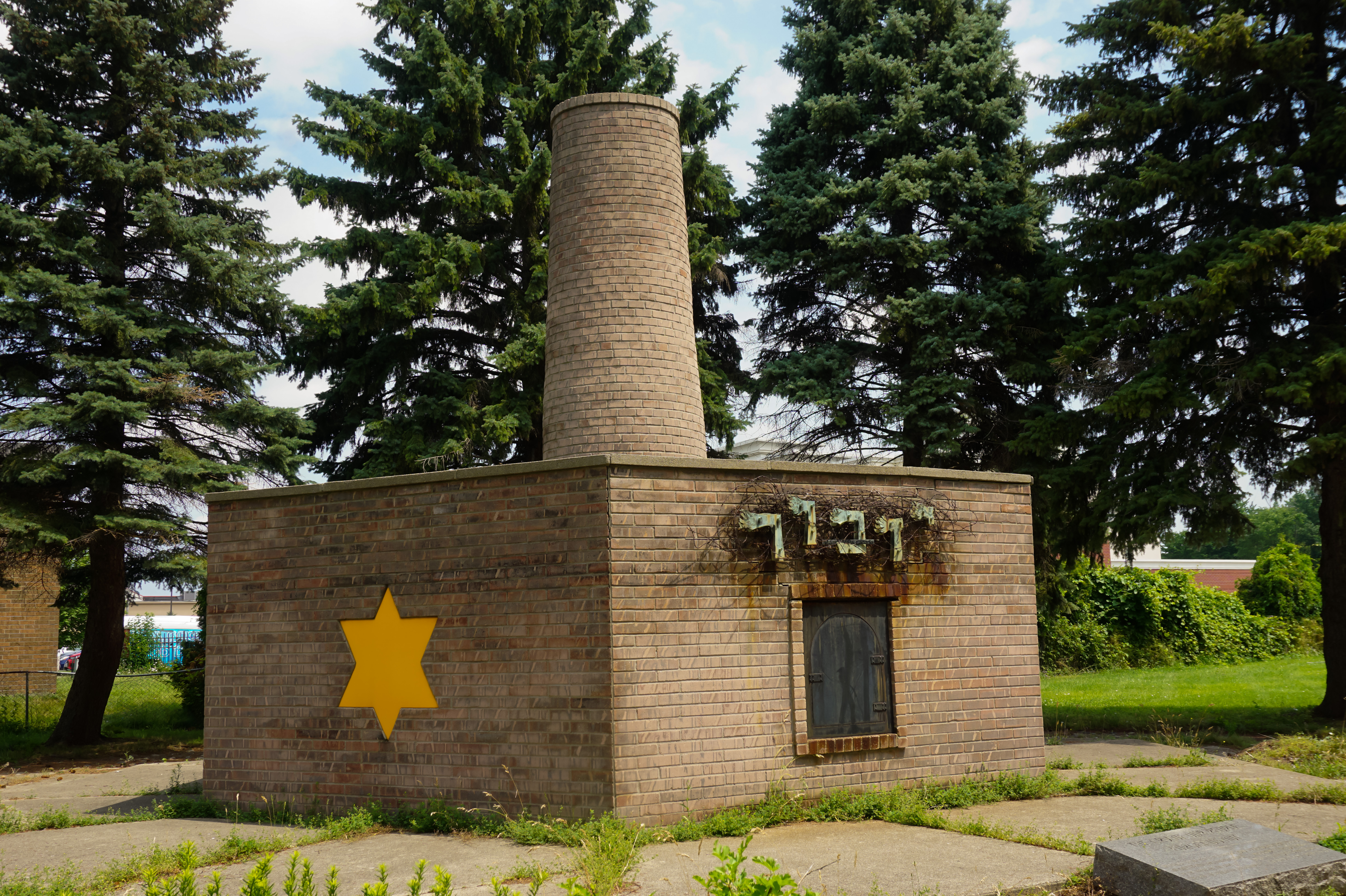
He points to another reminder of the Holocaust in the cemetery, a cement building painted with a yellow star and shaped like the kind of crematoriums used in Nazi concentration camps.
Judaism forbids cremation.
But Levin says cremations are increasingly en vogue because of cost considerations.
“Cremation could cost you $2,000 and a funeral is going to cost you $9,000. So it’s a very big pressure to be cremated rather than have a regular burial,” Levin says. “But, believe it or not, there’s a gentleman in our community who remains anonymous, I think maybe me and one other know who he is, who gives us a check of $36,000 a year to make sure we save people from cremations if it’s [because of] a financial reason.”
He says other Jewish cemeteries in Metro Detroit have asked the Benevolent Society to take over their gravesites.
But Levin says it’s often cost-prohibitive for a non-profit society.
He estimates the upkeep for Hebrew Memorial Park alone runs about $400,000 a year.
Yet Levin notes some portions of the cemetery are literally priceless.
Here’s a video of tributes being paid at Hebrew Memorial Park to Rabbi Yochanan Perlow, known as the “Stoliner Rebbe,” who is buried in the cemetery.
The holy hut
Levin stops his car beside a humble building that has become an international shrine for a group of devout Jews. He calls it the site of an amazing story
“This little hut has in it the grave of Rabbi Yochanan Perlow. He died while he was on a trip to Detroit. And they opened up his suitcases and they found that he had shrouds inside the suitcase. So everybody thought that he wanted to be buried here if he dies here,” Levin remembers.
“They buried him here even though the movement was more in New York and in Israel. On the anniversary of his death 200 to 300 of his group come and visit the grave. Every year. It’s a major operation, people coming in from New York, from Toronto, from all over everybody comes.”

He walks inside the hut, pausing in front of handwritten notes and stones left in Perlow’s honor.
“It’s a holy place. People come here, they cry, they pray, they unload their burdens. And they ask him to help bring the prayers up to God.”
“He told me ‘You know something? You’ve made my life a lot easier. I’m here in the hospital, I know what’s gonna happen.’ The guy was like 89 or 90 years old. ’But I know that you’ll take care of me. And I feel better.’ So it’s not only for the people who pass, it’s for the living too.” – Rabbi Boruch Levin
Levin says the cemetery itself and the Benevolent Society’s pledge to cover the cost of funerals and burials for those unable to afford them has also become a source of peace.
“I’m going to the hospital to visit somebody. And he told me ‘You know something? You’ve made my life a lot easier. I’m here in the hospital, I know what’s gonna happen.’ The guy was like 89 or 90 years old. ’But I know that you’ll take care of me. And I feel better.’ So it’s not only for the people who pass, it’s for the living too.”
Levin waves his arm, taking in special sections of the massive graveyard set aside for children, for veterans of wars, even a wooded area for those who want a “green” burial in a forested glade.
“It’s a wonderful place, it really is,” he says. “I mean, it’s hard to say that about a cemetery.”
It’s also the answer to the CuriosiD query posed by Michele Hodges.
“I know next time I drive by there it’s going to be with much more reverence,” Hodges says. “And I’ll probably have to do a head bow, knowing what’s there.”
About the Listeners
Michele Hodges is the President of the Belle Isle Conservancy, past president of the Troy Chamber and sits on several community boards. She lives in Grosse Pointe Park but says she considers herself a Detroiter who wants to know about both the metro region and the people who live in it. She says that includes wanting to be sensitive to the cultural and religious movements that led to the creation of Jewish cemeteries in Macomb County, particularly Hebrew Memorial Park.

